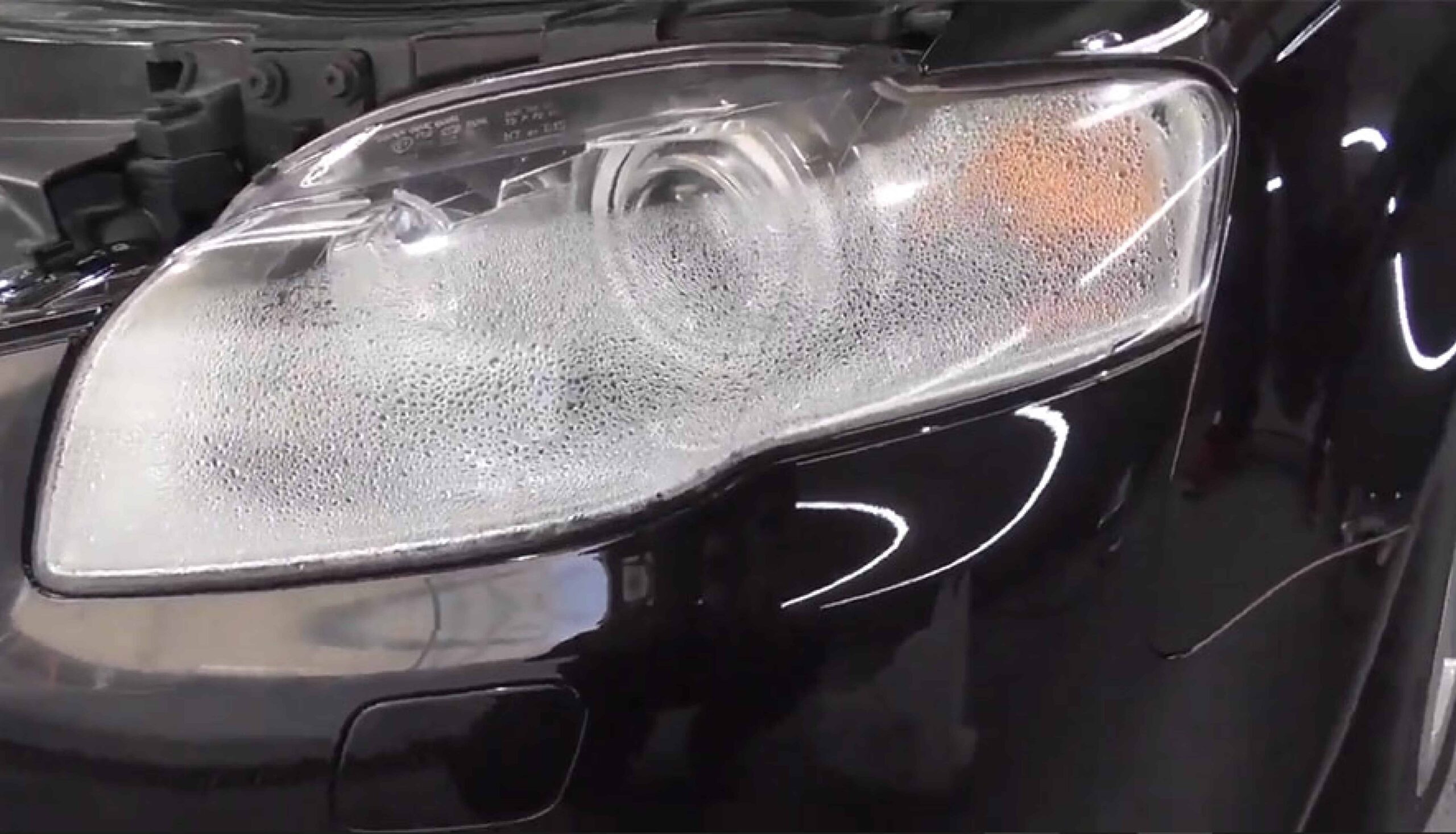As a car owner, you know the importance of keeping your vehicle clean and well-maintained. Regular car washes are an essential part of this process, but what happens when you notice condensation building up inside your headlights after a wash? This is a common problem that many car owners face, and it can be a frustrating one to deal with.
Headlight condensation can occur for a variety of reasons, and it’s important to understand what’s causing it so you can take the necessary steps to prevent it from happening in the future.
In this article, we’ll dive into the causes of headlight condensation after car wash, explore the potential damage it can cause, and provide you with some tips on how to prevent it from happening again. So, if you’re tired of dealing with foggy headlights after every wash, keep reading!
Contents
What Causes Headlight Condensation After Car Wash?
Headlight condensation is a common issue that car owners face after washing their vehicles. The phenomenon occurs when moisture accumulates inside the headlights, causing foggy or cloudy lenses. There are several reasons why this happens:
- Temperature changes: The temperature difference between the water used in the wash and the air inside the headlight assembly can cause condensation to form.
- Cracked or damaged seals: Seals around the headlight can become damaged over time, allowing water to seep in.
- Improper installation: A poorly installed headlight assembly can leave gaps that allow moisture to enter.
To prevent headlight condensation, it’s important to identify the cause of the issue.
How to Remove Headlight Condensation After Car Wash?
If your headlights are already foggy or cloudy due to condensation, there are several steps you can take to remove them:
- Remove the headlight assembly: This will allow you to clean the inside of the lens and dry it properly. Consult your vehicle’s manual for instructions.
- Use a hairdryer or heat gun: Use a hair dryer or heat gun on the lowest setting to dry out the inside of the lens. This will remove the moisture causing the condensation.
- Install a headlight vent: A vent can be installed to allow air to circulate inside the headlight assembly, preventing moisture buildup.
Preventing Headlight Condensation After Car Wash
While it’s possible to remove headlight condensation after it has formed, prevention is always better than cure. Here are some tips to prevent headlight condensation:
- Use a high-quality car wash soap: A soap that is designed specifically for cars will help prevent the buildup of dirt and grime on the headlights.
- Wash your car during the day: Washing your car during the day when the temperature is warmer will help prevent condensation from forming.
- Use a microfiber towel: A microfiber towel is gentle on the surface of the headlights and won’t scratch or damage the lens.
- Check your headlight seals: Regularly inspect the seals around the headlight assembly for cracks or damage. If you notice any issues, have them repaired immediately.
Benefits of Preventing Headlight Condensation
Preventing headlight condensation has several benefits:
- Improved visibility: Foggy or cloudy headlights can reduce visibility, making it harder to see the road ahead.
- Longer lifespan for headlights: Moisture buildup can cause damage to the headlight assembly, shortening its lifespan.
- Improved aesthetics: Clear headlights improve the overall appearance of your vehicle.
Headlight Condensation vs. Headlight Fogging
It’s important to note the difference between headlight condensation and headlight fogging. Headlight condensation occurs when moisture accumulates inside the headlight assembly, while headlight fogging occurs on the outside of the lens due to temperature changes. While both issues can cause reduced visibility, they have different causes and require different solutions.
Water Condensation In Headlight? Eliminate It Easily Without Removing the Headlight!
Frequently Asked Questions
Here are some commonly asked questions and answers about headlight condensation after car wash:
Q: Is headlight condensation dangerous?
A: Headlight condensation is not necessarily dangerous, but it can impair your visibility while driving, especially at night. It can also cause the headlight bulb to burn out faster due to increased humidity inside the housing.
Q: Can I still drive my car with headlight condensation?
A: While you can technically still drive your car with headlight condensation, it is not recommended. The condensation can impair your visibility, especially at night, and may cause the headlight bulb to burn out faster. It is best to address the issue as soon as possible to ensure your safety on the road.
Q: Can headlight condensation occur in older cars?
A: Headlight condensation can occur in any car, regardless of its age. However, older cars may be more prone to this issue due to wear and tear on the headlight assembly and seals over time.
Q: Is headlight condensation a common issue?
A: Headlight condensation is a fairly common issue, especially after car washes or in humid climates. However, it can be easily prevented and addressed with regular maintenance and inspection of your car’s headlights.
Q: How often should I inspect my car’s headlights for headlight condensation?
A: It is recommended to inspect your car’s headlights for headlight condensation regularly, especially after car washes or in humid climates. A general rule of thumb is to inspect them every few months or whenever you notice any issues with visibility while driving at night.
Q: Can I fix the headlight condensation myself?
A: While it is possible to fix headlight condensation yourself, it is recommended to have a professional inspect and repair the issue. Removing the headlight assembly can be tricky and may require special tools. Additionally, the improper repair could lead to further damage or issues.
The Bottom Line
Headlight condensation after car wash can be a frustrating issue, but it’s easily preventable with the right steps. By identifying the cause of the issue, removing any existing condensation, and taking preventative measures, you can keep your headlights clear and improve visibility while driving.
